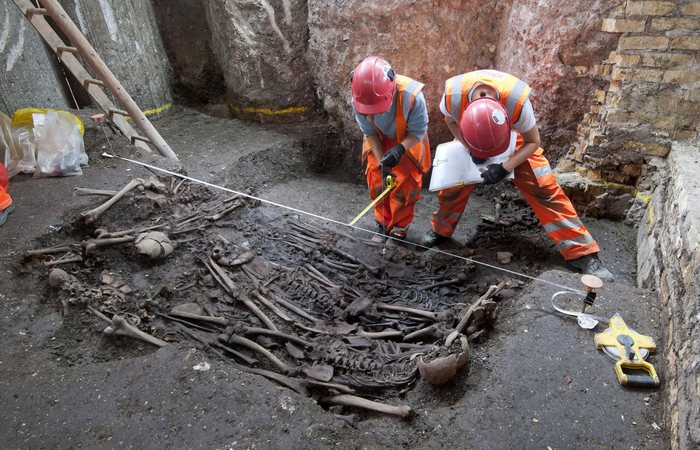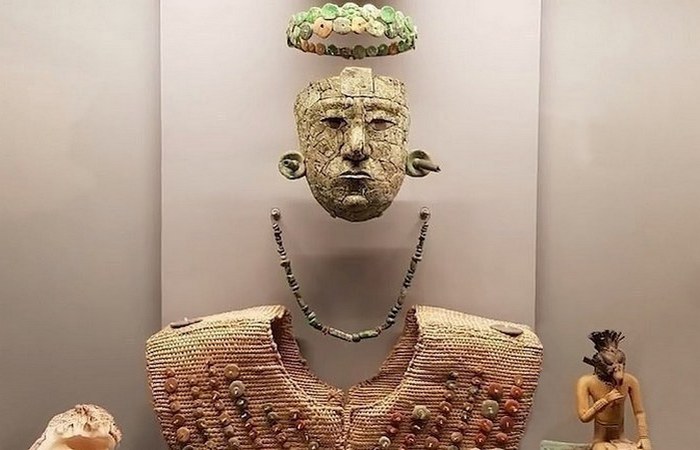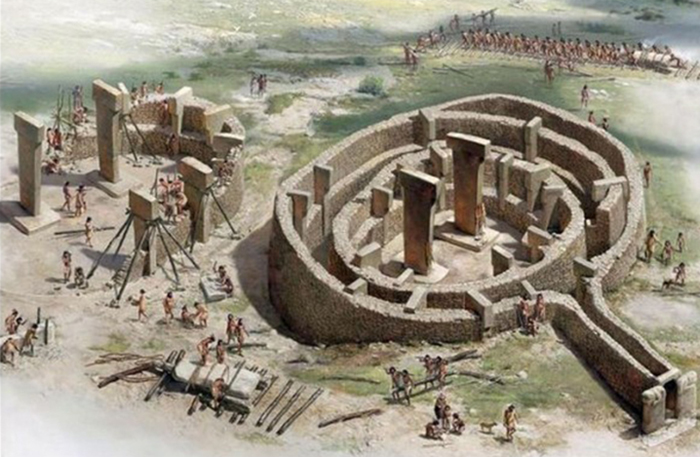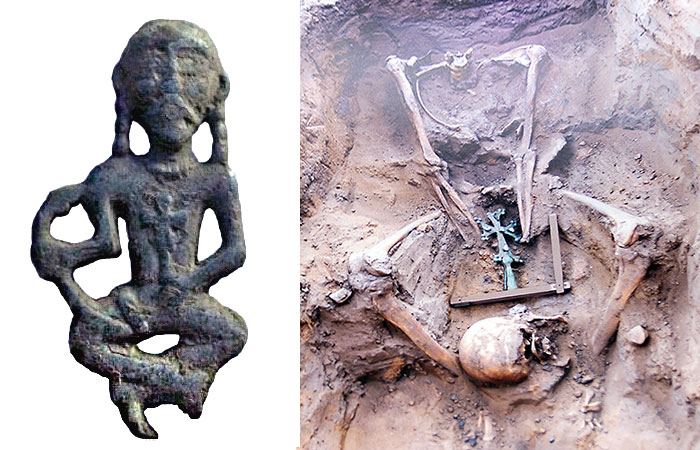all-metal
Egypt is not one: Where and why the ancients built the pyramids
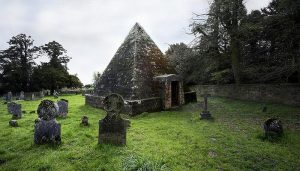 Everyone knows about the famous pyramids of Egypt. Thanks to their huge size and amazingly accurate engineering, it seems that these otherworldly artifacts just grew up in the desert. But the pyramid is a fairly common form to which ancient and modern builders resorted to creating impressive structures. We give examples of 10 lesser-known pyramids, which deserve no less attention than those that were built in Giza.
Everyone knows about the famous pyramids of Egypt. Thanks to their huge size and amazingly accurate engineering, it seems that these otherworldly artifacts just grew up in the desert. But the pyramid is a fairly common form to which ancient and modern builders resorted to creating impressive structures. We give examples of 10 lesser-known pyramids, which deserve no less attention than those that were built in Giza.
1. Pyramid “Helmets of the First World War”
USA
Pickelhaube (or pickelhaube) – a pointed German helmet of soldiers of the First World War, became a collective image of enemy invaders, which can often be found in comedies. When World War I ended, the victors wanted to create a symbol to demonstrate their triumph. As a result, it was decided to build a pyramid of captured German helmets in New York. Continue reading
Giant images of the Nazca Valley: Communication with a deity or signals to space ships?
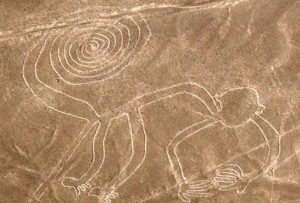 Civilizations left in the past have left riddles to modern man, on the solution of which the best minds of historians and archaeologists are thrown. A number of riddles have an explanation, but some remain a mystery throughout the centuries, which scientists cannot explain. One such mystery was the giant drawings in the Nazca Valley in South America.
Civilizations left in the past have left riddles to modern man, on the solution of which the best minds of historians and archaeologists are thrown. A number of riddles have an explanation, but some remain a mystery throughout the centuries, which scientists cannot explain. One such mystery was the giant drawings in the Nazca Valley in South America.
Geoglyphs
The Nazca Plateau is located in the southern part of Peru and covers an area of approximately 7 kilometers by 50 kilometers. For a long time, local residents paid attention to the lanes stretching along the valley for tens of meters, considering that they were made to help the travelers with orientation. Some of the bands were straight, some had a different form – one way or another, until humanity invented air transport, nobody could look at the patterns entirely. Continue reading
4 intriguing scientific versions of how the ancient Egyptians looked
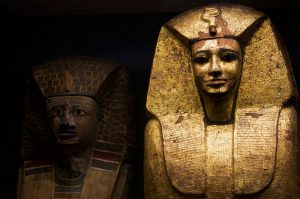 In 2014, Ridley Scott removed his biblical epic “Exodus: Kings and Gods” and accidentally unleashed a rather unexpected conflict. In the film, the ancient Egyptian characters are played by white actors, and this angered those who believe that the Egyptians were dark-skinned. But what did the ancient Egyptians actually look like? Most Egyptologists insist there is no reason to believe that the modern concept of race can be applied to the Egyptians. Nevertheless, there are some historical “clues” about what the Egyptians could look like, although we will immediately make a reservation that these are just versions.
In 2014, Ridley Scott removed his biblical epic “Exodus: Kings and Gods” and accidentally unleashed a rather unexpected conflict. In the film, the ancient Egyptian characters are played by white actors, and this angered those who believe that the Egyptians were dark-skinned. But what did the ancient Egyptians actually look like? Most Egyptologists insist there is no reason to believe that the modern concept of race can be applied to the Egyptians. Nevertheless, there are some historical “clues” about what the Egyptians could look like, although we will immediately make a reservation that these are just versions.
1. Herodotus
The Greek historian Herodotus, who wrote a lot about Egypt around 450 BC, was one of the first to indirectly shed light on the appearance of the ancient Egyptians. Continue reading
